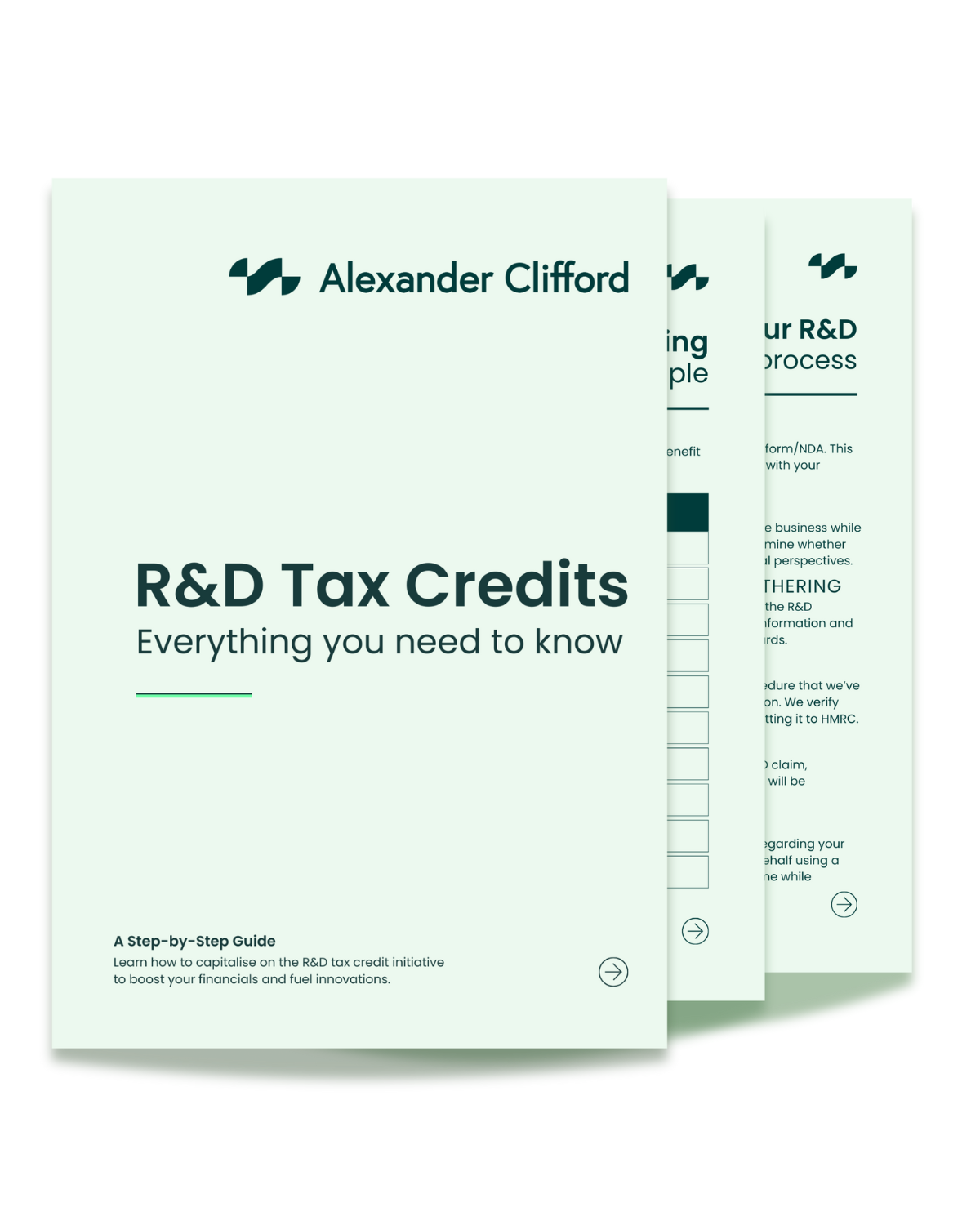How can I accurately incorporate RDEC into my tax computation?
You can show RDEC in your tax computation by first ensuring you’re using the up-to-date rates for the tax year you’re claiming in. Here are the steps HMRC describes:
- First, the credit is employed to settle the corporation tax liability of the claiming company for the same accounting period.
- The remaining balance may undergo an adjustment to reduce it to a net-of-tax amount, which is then available to offset future Corporation Tax liabilities.
- Any surplus amount is capped based on the PAYE/NIC (Pay As You Earn/National Insurance Contributions) of the R&D staff (without time spent restrictions on qualifying R&D activity) and externally provided workers from the same group as the claimant (restricted to the proportion of time spent on qualifying R&D activity). Any excess over the cap is carried forward as an expenditure credit for the subsequent accounting period.
- The remaining amount, which could potentially become a payable credit, is used to clear any other outstanding liabilities the company has with HMRC.
- If the company is part of a group, it may choose to surrender any remaining amount for a corresponding accounting period.
In essence, the payable credit element is applied to satisfy any other financial obligations the company has to HMRC.
Read more about the accounting treatment for RDEC.

